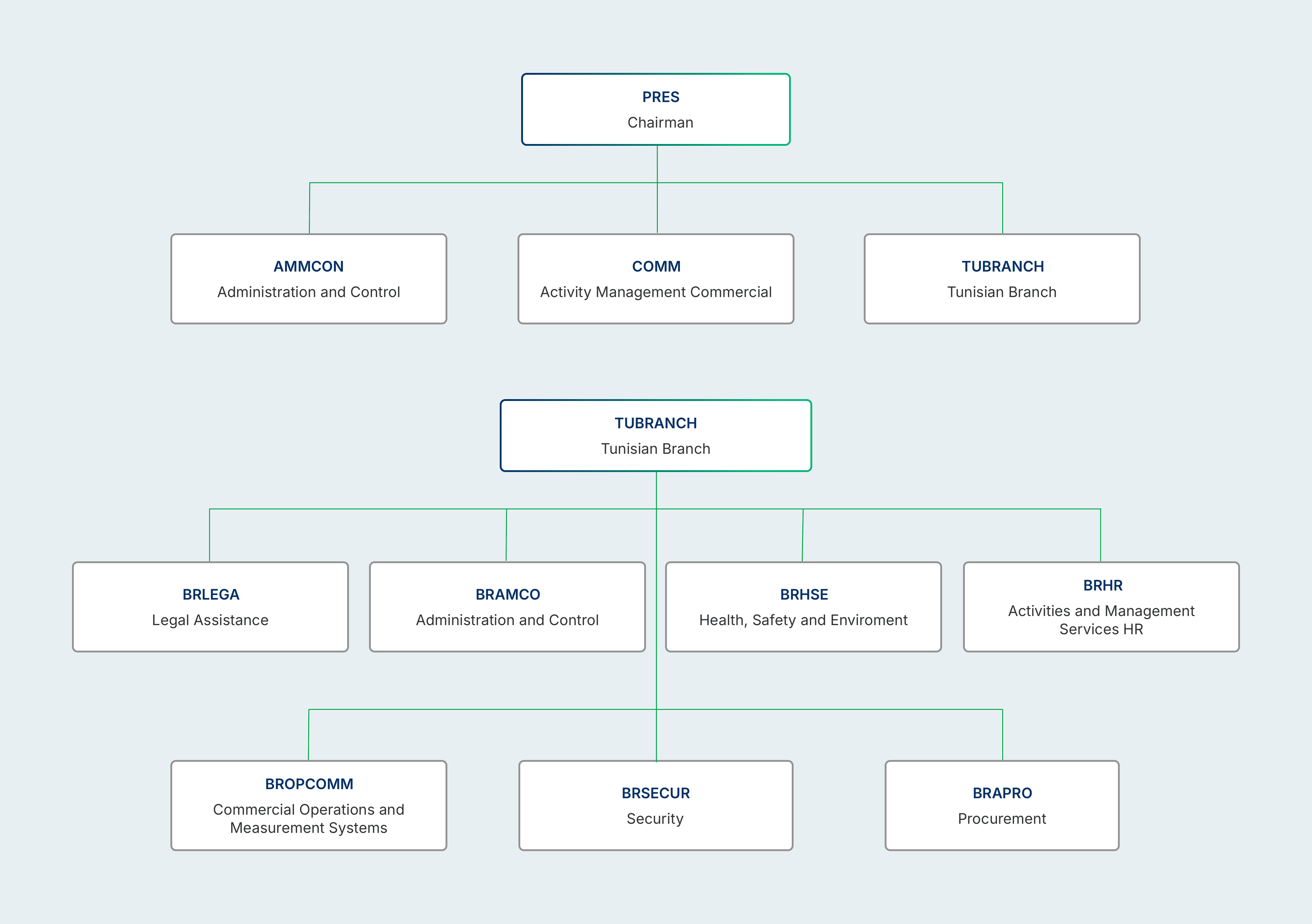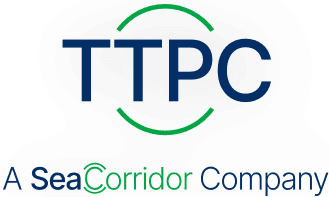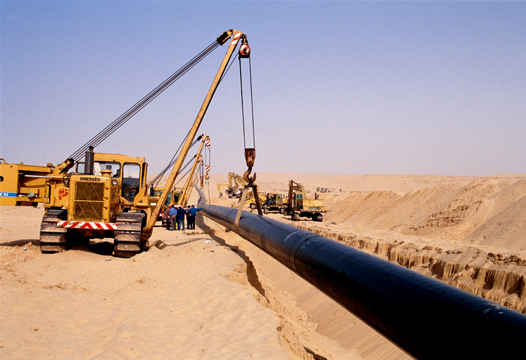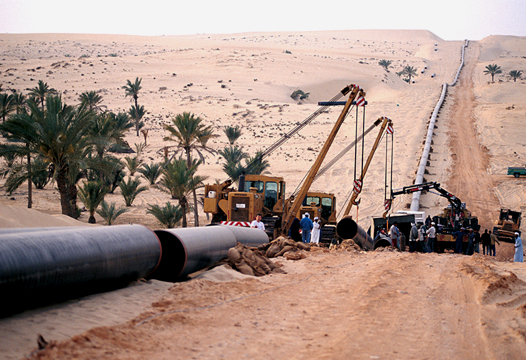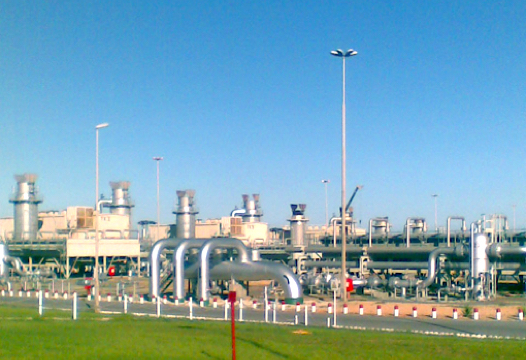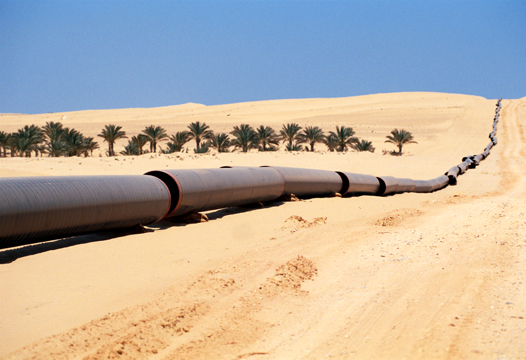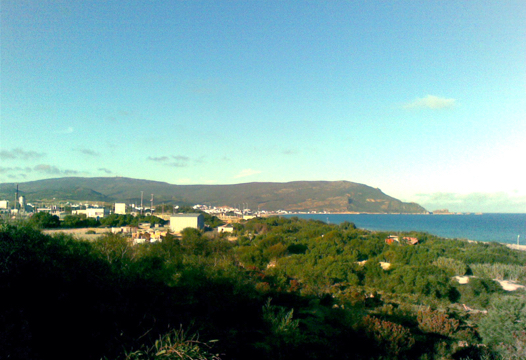About us
TThe Trans Tunisian Pipeline Company was established to ensure the transportation of natural gas of Algerian origin from the border between Tunisia and Algeria, at Oued Saf-Saf, to the Tunisian coast, at Cap Bon, where the TTPC transportation system connects to the TMPC submarine pipeline.

Company and History
TTPC is a wholly-owned subsidiary of SeaCorridor, a company jointly owned by Eni and Snam, with its registered office in San Donato Milanese, Italy, and has the primary function of transporting gas of Algerian origin through Tunisia.
Eni is an integrated energy company with approximately 33,000 employees in 71 countries worldwide. It carries out exploration, development and extraction of oil and natural gas in 46 countries, trades oil, natural gas, LNG and electricity in 30 countries, and markets fuels and lubricants in 32 countries.
Snam is the main European operator in the transport and storage of natural gas, with an infrastructure capable of enabling the energy transition. The group manages a pipeline network of approximately 41,000 km between Italy, Austria, France, Greece and the United Kingdom and holds 3.5% of the world's gas storage capacity. It is also one of the major operators in LNG regasification.
Transtunisian Pipeline
The TTPC transport system was built to transport gas of Algerian origin to Italy and is the result of agreements between Eni and the Tunisian state in 1977 and renewed in 1991 for the construction of a second line; these agreements were ratified by the Tunisian parliament and have therefore become the law of the Republic of Tunisia.
The TTPC pipeline came into operation in 1983.
In 1994, the first significant expansion of the Transtunisian pipeline was completed, through the laying of a second line and the upgrading of the compression system.
The transit through Tunisia was carried out, in the case of both the first and second lines, under agreements between Eni and the Tunisian State, signed on 25 October 1977 and 6 March 1991 respectively. Following approval by the National Assembly, these agreements became Tunisian state law.
A new agreement was updated, and is the one still in force, in September 2019.
Corporate Responsibility
Trans Tunisian Pipeline Company’s Corporate Responsibility is expressed in:
- the values of Eni Code of Ethics;;
- the full compliance with the applicable laws and regulations;
- the constant commitment to promote and develop the professional skills of its employees
- the behaviour and commitment that all personnel assume and promote day by day in the performance of their work.
Organization Chart
The organization chart shows the composition of our management by area of responsibility.

